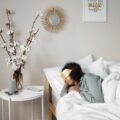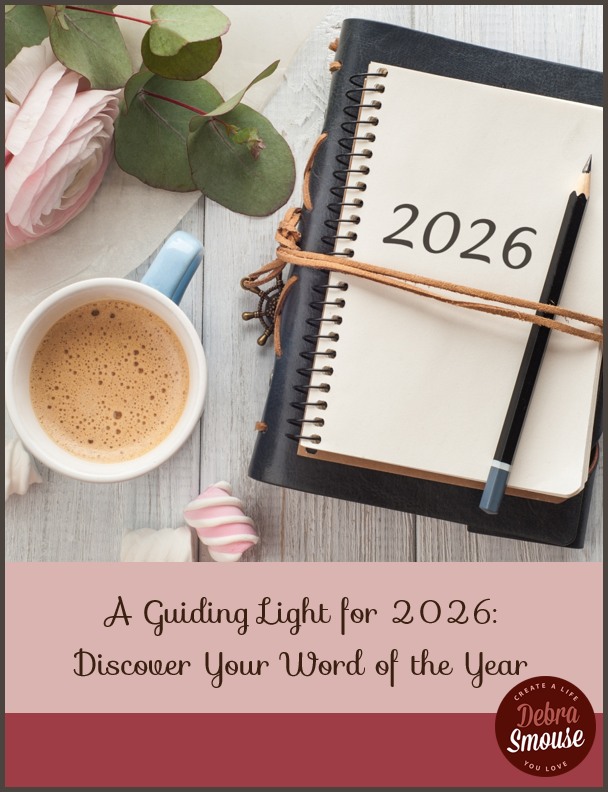We are exposed to blue light more than ever before, thanks to our constant use of screens and electronic devices. While blue light is naturally emitted by the sun, artificial sources such as computers, smartphones, and LED lighting have increased our daily exposure to it. Although blue light has some benefits, excessive exposure can have negative effects on our health, particularly on our eyes and sleep patterns. Here’s what you need to know about blue light, its effects, and ways to protect yourself.
One – What is Blue Light?
Blue light is a high-energy, short-wavelength light found within the visible light spectrum, falling between 400-495 nanometers. It has more energy than other colors of visible light, which allows it to penetrate deeper into the eye. Naturally, the primary source of blue light is the sun, which plays a role in regulating our sleep-wake cycle, mood, and alertness. However, artificial sources such as LED lights, fluorescent bulbs, and screens emit significant amounts of blue light as well.
Due to our modern lifestyle, many people are exposed to blue light for extended periods, far beyond natural sunlight exposure. This is especially true for those who work on computers or spend long hours on digital devices. The combination of natural and artificial blue light can lead to eye strain, fatigue, and disruption in sleep cycles.
Two – Blue Light and Its Impact on Eye Health
One of the primary concerns surrounding blue light exposure is its effect on eye health. The high energy from blue light can strain the eyes, leading to discomfort, dryness, and even more serious issues over time. Extended exposure can cause digital eye strain, a condition also known as computer vision syndrome, which results in symptoms such as blurred vision, headaches, dry eyes, and difficulty focusing.
Unlike UV light, the eyes do not block blue light effectively, which means it can penetrate deep into the retina. There is some evidence to suggest that prolonged exposure to blue light may contribute to retinal damage and increase the risk of age-related macular degeneration, a condition that can result in vision loss. While more research is needed to confirm this link, it’s clear that limiting blue light exposure can help reduce eye discomfort and strain. The experts at blockbluelight.com state that blue light glasses can be an effective way to mitigate these risks, especially for people who spend long hours in front of screens. Blue light glasses work by filtering out a portion of the blue light spectrum, reducing the strain on the eyes and improving visual comfort.
Three – How Blue Light Affects Sleep
Blue light is known to disrupt sleep patterns by interfering with the body’s natural production of melatonin, the hormone responsible for regulating sleep. Exposure to blue light, especially in the evening, tricks the brain into thinking it’s still daytime, suppressing melatonin production and making it harder to fall asleep. Studies have shown that using digital devices before bed can delay sleep onset, reduce sleep quality, and lead to feelings of grogginess in the morning.
To minimize the effects of blue light on sleep, it’s advisable to reduce screen time by at least one to two hours before bed. Using “night mode” or blue light filters on devices can also help reduce blue light exposure in the evening. These filters shift the color tone of the screen to warmer hues, which are less likely to interfere with melatonin production. Blue light-blocking glasses are another option for those who need to use screens at night, as they help block harmful wavelengths without affecting overall screen visibility.
Four – Benefits of Blue Light
While blue light has its downsides, it’s not all negative. Natural blue light from the sun is beneficial and necessary for regulating our circadian rhythm, mood, and cognitive function. Exposure to blue light during the daytime boosts alertness, improves reaction times, and elevates mood, which is why people tend to feel more awake and energetic in natural sunlight.
In therapeutic settings, blue light is sometimes used to treat conditions like Seasonal Affective Disorder (SAD), a type of depression that occurs during darker months with limited sunlight exposure. Light therapy, which often involves exposure to artificial blue light, can help improve mood and regulate sleep patterns in those affected by SAD. The key is balancing blue light exposure, ensuring that we get enough during the day to stay alert and focused while minimizing it in the evening to promote better sleep.
Understanding the effects of blue light is crucial in today’s screen-dominated world.
While natural blue light supports our mood and sleep-wake cycles, artificial sources can strain our eyes and disrupt sleep if exposure is excessive. By adopting simple measures like using blue light glasses, reducing screen time before bed, and enabling night mode on devices, we can protect our eyes and promote better sleep.
Want to learn more tips and tricks for living a life you love?
Snag a free workbook and get inspiration on all the ways to love your life even more.
>>Click Here to Discover Additional Articles on Choosing Happiness <<









